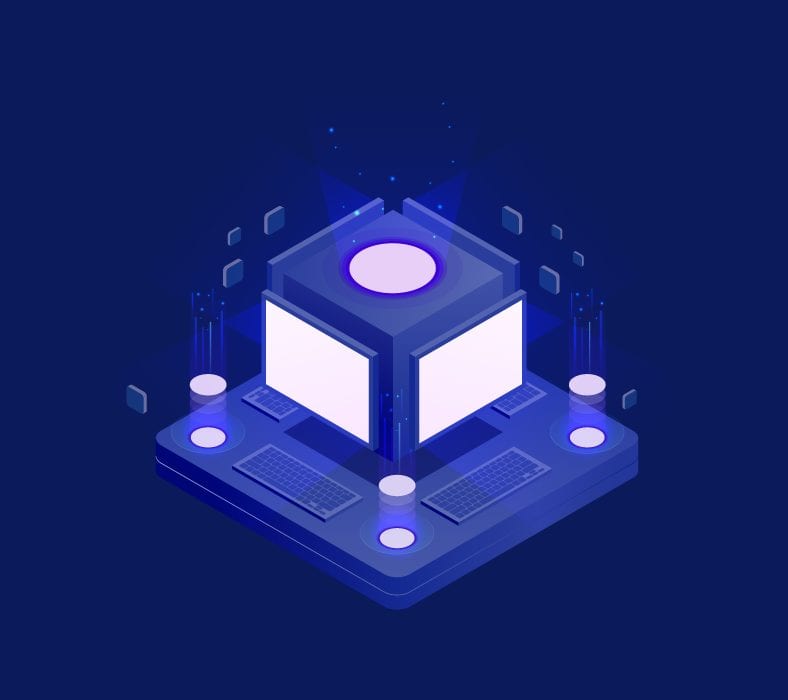Why Multi-Tenancy Is a Powerful Differentiator for Pulsar as Compared to Kafka
There’s an ongoing discussion in the data world about whether Pulsar or Kafka is the better option. Yes, both of these options have their advantages, and it’s difficult to make generalizations when every enterprise has unique use cases.
However, multi-tenancy is increasingly becoming a foundational advantage for Pulsar over Kafka. Tenants are the units located within the shared environment, such as different platforms, applications, clients, teams, or software.
This feature lets multiple tenants be a part of the global cluster, creating many benefits for organizations.
Pulsar Multi-Tenancy Explained
Multi-tenancy means that you can share the cloud infrastructure between multiple organizations and users. Every individual tenant is isolated, so they can’t affect the SLA of another tenant or their security. Even though all the users share the same resources, their data is stored separately.
If needed, organizations can completely isolate certain tenants from each other and make them “invisible” in the shared environment. Pulsar has a dedicated multi-tenant feature that allows developers to separate codes of a large software within completely identical environments.
These environments process data independently and can be assembled as needed. Now that we’ve explained how multi-tenancy works let’s see why it is important and how it sets Pulsar apart from Kafka.
Multi-Tenancy Lowers Costs
Pulsar multi-tenancy means that multiple departments or teams can share a single cluster by using different namespaces or access control. Kafka still doesn’t have this feature, but it was the basis of Pulsar’s development.
Having no multi-tenancy means that companies have to create another abstraction layer over the messaging system. The alternative option is to use a brand new cluster for other teams, and that requires more resources and investment.
On top of that, these kinds of platforms are cheaper to maintain on their own – all the costs are shared between tenants as there is no need for additional clusters.
More Speed and Better Operations
Pulsar is used by large companies that need to provide their applications to millions of customers, including giants like IBM, Alibaba, Yahoo, and LinkedIn.
Machine learning and artificial intelligence are also becoming a must within enterprise data centers because their software applications require lots of data processing power for deployment or training models. Pulsar allows the users of many e-commerce and social media platforms to access various applications and send millions of messages simultaneously.
Pulsar has lower latency when processing data requests and higher throughput. Benchmarking numbers also show that Pulsar’s multi-tenant processing on a large scale is a lot faster than Kafka’s.
Why Pulsar Multi-Tenancy is the Future
Big enterprises that work on multiple facets rely on using multiple software solutions. These companies often require lots of resources and need to be as secure as possible, both in terms of human resources and hardware. Pulsar’s multi-tenancy allows them to meet these requirements.
However, resources are limited, and they come at a cost – not all users have the same value or need to spend the same time within an environment. These organizations have different teams and employees that need different levels of isolation.
Pulsar helps enterprises manage data protection, data access, application deployment, and access policies. It ensures security while letting companies manage large projects and applications with a complex structure all within a single cluster.
Conclusion
Both Pulsar and Kafka have their own advantages for building big data and machine learning solutions. However, multi-tenancy allows companies to cut costs, spend less time in maintenance, and minimize effort.
In addition to all these benefits, multi-tenancy also lets applications work securely within a shared environment. Large enterprises with complex needs are increasingly realizing and choosing Apache Pulsar to serve as the data pipelines for complex, mission-critical applications.


